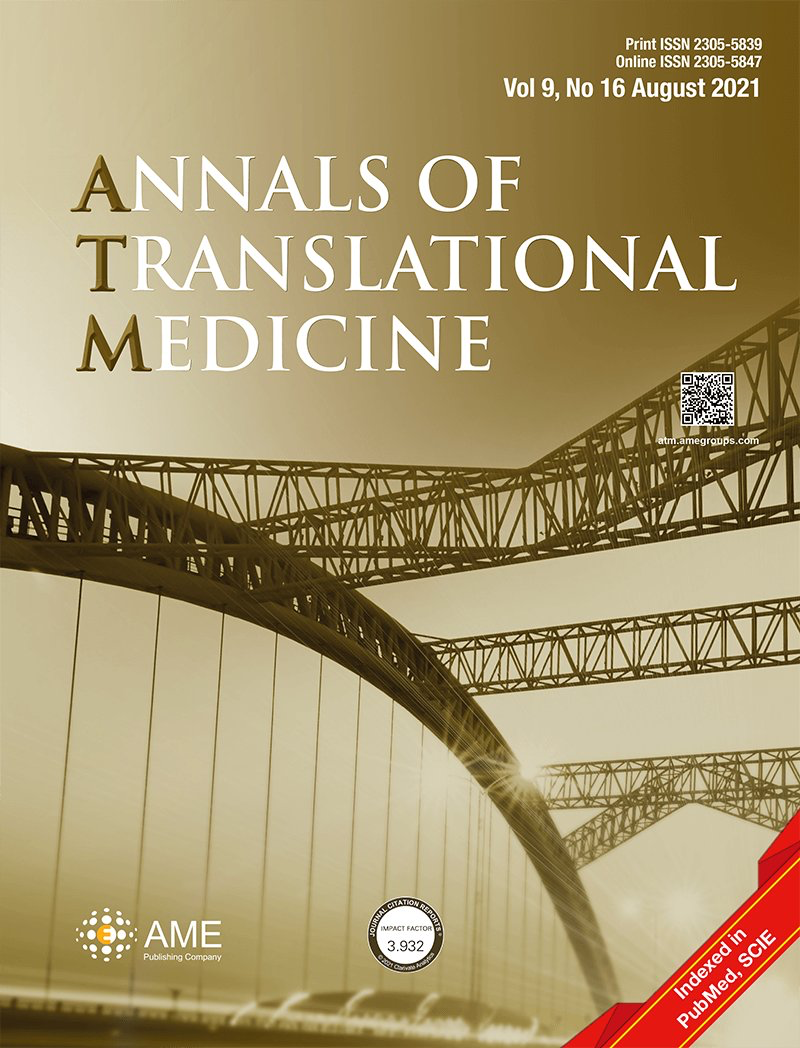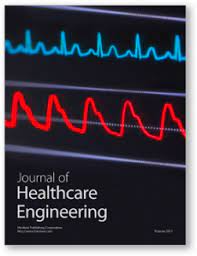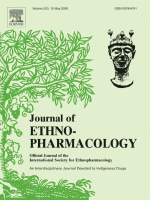Ginkgo
How to submit an article:
- Registered users can submit any published journal article that has a unique DOI (Digital Object Identifier) name or link to Research Hub.
- For example, you can paste the full DOI link:
https://doi.org/10.1109/5.771073or just the DOI name:10.1109/5.771073into the field above and click submit. - The person who is first to submit a valid article to Research Hub will forever be credited for it, and every article submission earns you +6 Research Points.
Published research studies are articles that present the findings of original research that has undergone a peer-review process and has been made publicly available in scholarly journals, books or other media.

Mechanism and ingredients prediction of Radix Salviae-Angelicae Sinensis Radix-Lycii Fructus-Rehmanniae Radix Praeparata-Ginkgo Folium for retinitis pigmentosa therapy using network pharmacology and molecular docking analysis
2023 Oct Annals of Translational Medicine Wu J, Sun Z, Zhang D, Liu H, Wu J, Zhang S
Network Pharmacology Shu Di Huang Goji Berry Dang Gui Retinitis PigmentosaThe research unveils luteolin, quercetin, and kaempferol in RALRG as promising complementary components for RP treatment, with a key role in managing oxidative stress and PI3K/AKT signaling pathways.

Psoriasis Vulgaris of Blood Heat Syndrome in Plasma Based on Widely Targeted Techniques
2022 Apr 15 Journal of Healthcare Engineering Tang X, Gong J, Jiang Y, Chen X, Qi D, Li X
Plasma metabonomics of PV with blood heat syndrome was analyzed and found multiple differential metabolites of ginkgolic acid, PQQ, L-aspartic acid, and citramalic acid, which are considered to be potential biomarkers of blood-heat syndrome PV.
Network Pharmacology Blood Heat Syndrome
The Clinical Efficacy of Ginkgo biloba Leaf Preparation on Ischemic Stroke: A Systematic Review and Meta-Analysis
2021 Dec 09 Evidence-Based Complementary and Alternative Medicine Zhao S, Zheng H, Du Y, Zhang R, Chen P, Ren R, et al.
The existing clinical evidence shows that Ginkgo biloba leaf preparation (GLP) has a good therapeutic effect on patients with ischemic stroke and can improve their hemorheology indices. In addition, GLP is shown to be relatively safe.
Systematic Review Meta-Analysis Ginkgo Stroke
Efficacy and safety of standardized Ginkgo biloba L. leaves extract as an adjuvant therapy for sudden sensorineural hearing loss: A systematic review and meta-analysis
2021 Jan Journal of Ethnopharmacology Si X, Yu Z, Ren X, Huang L, Feng Y.
The results of the current study suggested that GBE might be effective and promising as an adjuvant to corticosteroids in the initial treatment of moderate to profound SSNHL
Systematic Review Meta-Analysis Tinnitus Ginkgo Sudden Sensorineural Hearling LossAutism: Pathophysiology and Promising Herbal Remedies
2015 Dec 21 Current Pharmaceutical Design Bahmani M, Sarrafchi A, Shirzad H, Rafieian-Kopaei M
Ginkgo biloba is one of the most effective plants with an old history of applications in neuropsychological disorders which recently is used for autism. The present review discusses the recent findings, pathophysiology, and etiology of autism and thereafter addresses the promising results of herbal remedies.
GinkgoResearch insights are moderated by the Research Hub team and offer an at-a-glance overview of interesting research findings.

2023 Annals of Translational Medicine
The research unveils luteolin, quercetin, and kaempferol in RALRG as promising complementary components for RP treatment, with a key role in managing oxidative stress and PI3K/AKT signaling pathways.
Network Pharmacology Dang Gui Goji Berry Retinitis Pigmentosa Shu Di Huang
Mechanism and ingredients prediction of Radix Salviae-Angelicae Sinensis Radix-Lycii Fructus-Rehmanniae Radix Praeparata-Ginkgo Folium for retinitis pigmentosa therapy using network pharmacology and molecular docking analysis
Wu J, Sun Z, Zhang D, Liu H, Wu J, Zhang S
Review Articles
Review articles summarise and critically evaluate the current state of research on a specific topic or field by synthesising multiple primary research studies.

The Clinical Efficacy of Ginkgo biloba Leaf Preparation on Ischemic Stroke: A Systematic Review and Meta-Analysis
2021 Dec 09 Evidence-Based Complementary and Alternative Medicine Zhao S, Zheng H, Du Y, Zhang R, Chen P, Ren R, et al.
The existing clinical evidence shows that Ginkgo biloba leaf preparation (GLP) has a good therapeutic effect on patients with ischemic stroke and can improve their hemorheology indices. In addition, GLP is shown to be relatively safe.
Systematic Review Meta-Analysis Ginkgo Stroke
Efficacy and safety of standardized Ginkgo biloba L. leaves extract as an adjuvant therapy for sudden sensorineural hearing loss: A systematic review and meta-analysis
2021 Jan Journal of Ethnopharmacology Si X, Yu Z, Ren X, Huang L, Feng Y.
The results of the current study suggested that GBE might be effective and promising as an adjuvant to corticosteroids in the initial treatment of moderate to profound SSNHL
Systematic Review Meta-Analysis Tinnitus Ginkgo Sudden Sensorineural Hearling LossClinical Trials
Clinical trials are research studies that involve people and are conducted to evaluate the safety and efficacy of new treatments or interventions, such as drugs, medical devices, or behavioural therapies.
Study Protocols
Published study protocols are detailed plans that outline the objectives, methodology, statistical analyses, and organisation of a research study that have been made publicly available for others to review and use as a reference.
Presentation Slides

Network Pharmacology
The research unveils luteolin, quercetin, and kaempferol in RALRG as promising complementary components for RP treatment, with a key role in managing oxidative stress and PI3K/AKT signaling pathways.
Wu J, Sun Z, Zhang D, Liu H, Wu J, Zhang S
Executive Summary
Write an executive summary in the form of a blog article on the topic of "Research into Chinese medicine treatment for Ginkgo" summarising the research below and using language that can be easily understood by patients and avoiding medical jargon using a professional and caring tone of voice.
Write an executive summary in the form of a blog article on the topic of "Researched Chinese medicine treatments for Ginkgo" summarising the research below in an objective and easy to understand way, and using language that can be easily understood by patients. Group the article into Chinese medicine treatments first, followed by nutrition and other treatments. Avoid using medical jargon and use a professional and caring tone of voice.
Write me a concise but easy to understand executive summary on the topic of "Chinese medicine treatments for Ginkgo" based on the following research that I will give you. Your summary should be 2 paragraphs long in Australian English spelling and include references to the studies.
A Network Pharmacology published in 2023 in the journal Annals of Translational Medicine found that The research unveils luteolin, quercetin, and kaempferol in RALRG as promising complementary components for RP treatment, with a key role in managing oxidative stress and PI3K/AKT signaling pathways. The research used various databases such as Traditional Chinese Medicine Systems Pharmacology Database and Analysis Platform, GeneCards, and the Online Mendelian Inheritance in Man database to gather the ingredients of RALRG and potential targets of RP and RALRG. A protein-protein interaction network was constructed to visualize these interactions. The R program was utilized to perform functional enrichment. The researchers constructed a visual RALRG-RP-pathway pharmacology network using Cytoscape 3.9.1 and applied molecular docking to compute binding affinity. The research revealed a total of 132 effective active elements in RALRG correlating to 248 target genes. Ninety-two intersection target genes were discovered from the overlap of RP- and RALRG-related genes. These intersection targets were discovered to be primarily involved in oxidative stress, responding to metal ions, and handling chemical stress. Several molecular pathways such as PI3K-AKT and MAPK were identified as closely connected to RP therapy. A potential pharmacology network was designed for the RALRG-RP-pathway with AKT1 and JUN being considered the main targets. The active ingredients luteolin, quercetin, and kaempferol were highlighted as crucial for this mechanism. RALRG overall was established as a main regulator for oxidative stress and PI3K/AKT signaling pathways in the treatment of RP.
Moderation Tools
Topic
Sign In
Users not signed in are limited to viewing the 5 most recent items of content.